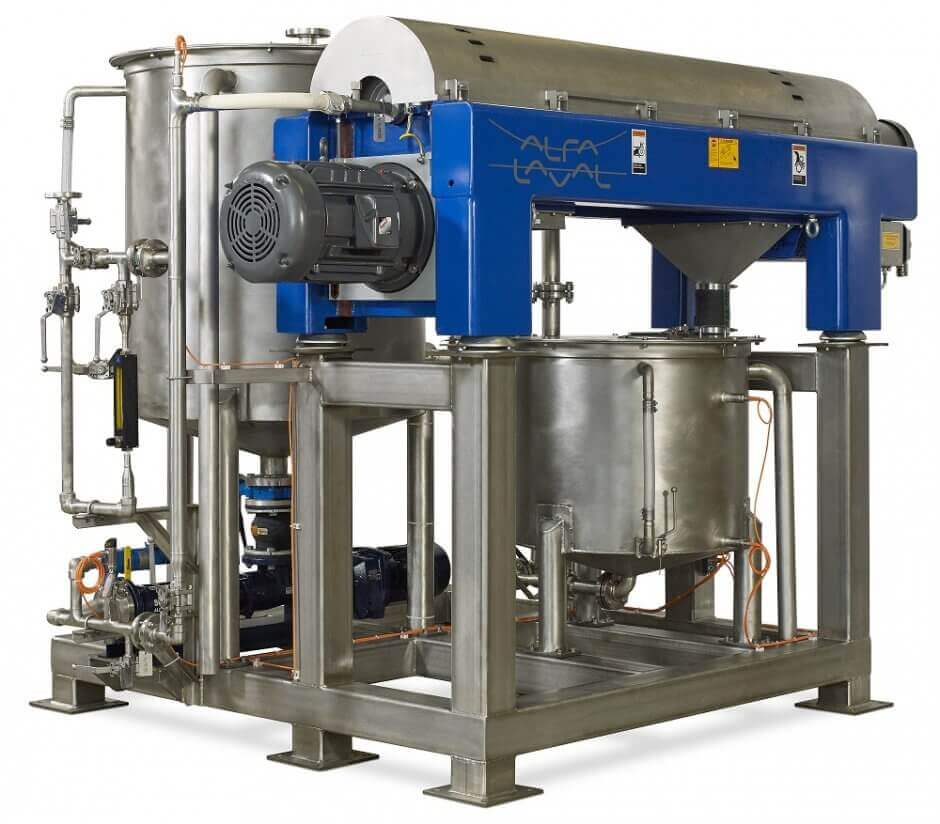Understanding the various types of oil processing

One benefit of the Insta-Pro ExPress® process is that you are able to diversify your product offerings. Instead of just offering extruded soybeans, you now have two products to offer: meal and oil. The meal side is usually straight forward in that it is simply sold to the intended market (food, feed, etc.). What about the oil? In some instances, it’s treated as a by-product, but with the right processing, it too can become a highly valuable product stream.
The oil will need to be processed differently depending on the final intended market. Each market will have its own standards that must be met in order to satisfy the customer. These could be things such as solids content, phosphorus amount (i.e. gums), water amount and others.
Feed Grade Oil
The simplest thing to do with the oil is to sell the crude oil produced off of the press for feed grade oil. Typically, the standards that the oil needs to meet are relatively low for this industry. The oil will be used as an energy source for animals, so the processing requirement is low. Some buyers may require a certain solids content, so a simple settling or screening tank will be needed. Higher capacities would benefit from using a decanter. In terms of value, feed grade oil is the lowest value oil.
Degummed Oil
The next level above crude, feed grade oil is a crude, degummed oil. There is a global trading standard that most producers will accept. The AOCS (American Oil Chemists’ Society) is an organization that oversees and gives guidance to the required standards. Additionally, it gives suggestions as to any penalties to the value if certain thresholds are not met. By using either an acid or water degumming method, producers will likely be able to produce a globally accepted oil. In practice, a crude, degummed oil is suitable for food use, although in some cases, the color may not be accepted by the market. As expected, the investment costs to implement this are greater than producing a feed grade oil, but the value of crude, degummed oil is higher than feed grade oil.
Full RBD (refined, bleached, deodorized)
The highest level of oil processing is known as refined, bleached, and deodorized (RBD). This is generally referred to as food grade oil. The oil is degummed, neutralized, deodorized, and bleached. These processes remove gums (phospholipids), odors (those inherent to the oilseed, not necessarily bad), and colors (to make the oil appear more clear). Oftentimes, multiple oils are blended together, hence the requirements to bleach and deodorize. Generic “vegetable” oils are a blend of multiple oils. Once again, as more processing is involved, the higher the investment costs, but the oil will also have a greater value. Typically, around 30-40 tons per day of oil is required in order for this system to make financial sense.
Since each level has certain investment costs and each oil seed will have unique processing requirements, It is important to understand what your market demands. It is also important to understand the return on the investment in the required equipment. Our team has these resources available and additionally, we’ve strategically partnered with Alfa Laval to provide decanting, degumming and full refining solutions.



